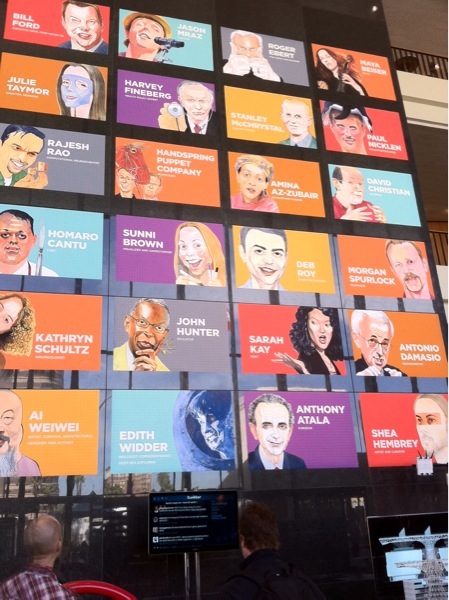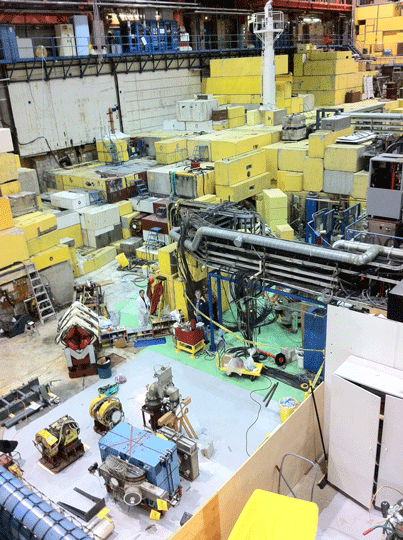TED
 Thursday, March 3, 2011 at 7:54AM
Thursday, March 3, 2011 at 7:54AM According to Nathan Myhrvold, steaming vegetables is actually worse than boiling, largely because boiling reaches the right temperature more quickly than steaming. This is the kind of wonderful information that TED provides through many different sessions and over four days. So, Joseph Crump told us about Brazilian favellas where women are leading a revolution in the use of digital tools and that the general rate of growth of internet based tools and technologies is far outpacing Western assumptions about the digital divide. The Web has become the major point of inflection with respect to learning and commerce.
We learned about how a 34 story windmill is built and mobile banking is enabling villagers in Africa to take control of their money and health concerns.
David Brooks (of the New York Times) gave a superb presentation on the need to enrich the policy space we share and talked about the role of the unconscious in the political world. Eric Whitacre created a virtual choir on YouTube that was amazing not only because thousands of people participated, but also because they found common ground in a virtual space. Most amazing of all was The Handspring Puppet company from South Africa which brought a life-size horse onto stage.
More to come in my next post.




